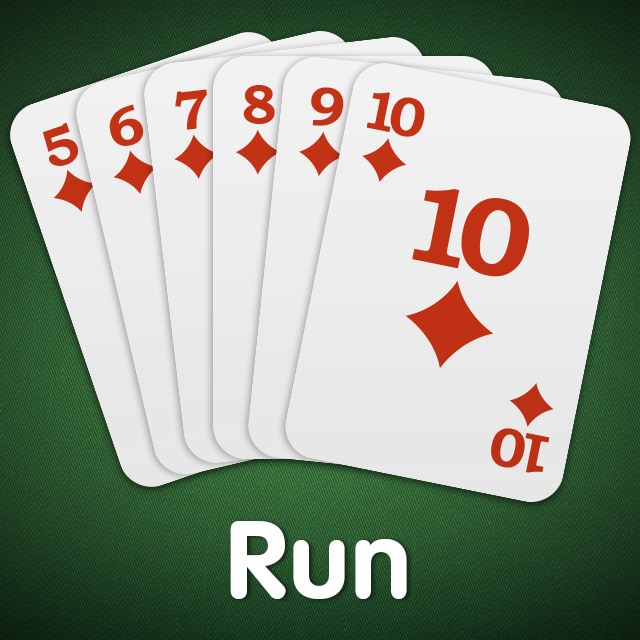Rummy Order, Rummy is a popular card game known for its strategic depth and engaging gameplay. A crucial aspect of mastering rummy is understanding the game’s order and sequence, which can greatly influence your chances of winning. This article delves into the concept of “Rummy Order,” explaining the essential gameplay sequence, rules, and strategies to help you become a more skilled player.
What is Rummy Order?
Rummy Order refers to the sequence of actions and decisions made during a game of rummy. It involves the systematic approach players take to form valid sets and sequences, manage their hands, and ultimately declare their winning combination. Understanding the order of play and the strategic implications of each step is key to success in rummy.
Basic Gameplay Order
- Dealing Cards:
- Setup: The game begins with the dealer shuffling and dealing cards to all players. Each player is typically dealt 13 cards in most rummy variants.
- Draw Pile and Discard Pile: After dealing, the remaining cards form the draw pile, and one card is placed face up to start the discard pile.
- Player Turns:
- Drawing: On their turn, a player draws a card from either the draw pile or the discard pile. This card is added to their hand.
- Melding: After drawing, the player has the option to form and lay down valid sets or sequences. Melding is the process of arranging cards into valid combinations.
- Discarding: The player then discards one card from their hand, placing it on top of the discard pile. This action concludes their turn.
- Forming Valid Sets and Sequences:
- Sets: A set consists of three or four cards of the same rank but different suits (e.g., 7♥ 7♦ 7♠).
- Sequences: A sequence (or run) is a group of three or more consecutive cards of the same suit (e.g., 4♣ 5♣ 6♣).
- Pure Sequence: At least one pure sequence (a sequence without jokers) is required for a valid declaration in most rummy variants.
- Declaring:
- Completion: When a player has formed the required sets and sequences, including at least one pure sequence, they can declare their hand.
- Declaration: To declare, the player places their melded sets and sequences on the table and discards their remaining card. The game ends, and points are calculated based on the remaining cards in the other players’ hands.
- Scoring:
- Points Calculation: Points are assigned based on the cards left in players’ hands. Number cards carry their face value, face cards are worth 10 points each, and jokers carry 0 points.
- Winning: The player who declared first wins the round, and the scores of the other players are tallied. The game may continue over multiple rounds until a player reaches a predetermined point threshold.
Strategies for Mastering Rummy Order
- Organize Your Hand:
- Sort Cards: Keep your hand organized by sorting cards into potential sets and sequences. This makes it easier to spot and form valid combinations.
- Track Opponents’ Moves:
- Observe Discards: Pay attention to the cards your opponents are discarding and drawing. This can provide clues about their hand and help you make strategic decisions.
- Use Jokers Wisely:
- Flexibility: Jokers are valuable as they can substitute for any card. Use them strategically to complete sets or sequences, but avoid using them in a way that reveals your strategy too early.
- Avoid Holding High-Value Cards:
- Minimize Losses: Try to avoid holding high-value cards as they increase your score if your opponent declares. Focus on forming sets and sequences to reduce the value of remaining cards in your hand.
- Plan Your Declaring Strategy:
- Timing: Decide when to declare based on the strength of your hand and the game situation. Declaring too early may leave you vulnerable, while waiting too long can increase your risk of losing.
Conclusion
Understanding the Rummy Order and mastering the gameplay sequence is essential for improving your skills and enhancing your enjoyment of the game. By following the structured order of play, making strategic decisions, and effectively managing your hand, you can increase your chances of winning and become a more proficient rummy player. Whether you’re playing casually with friends or in a competitive setting, a solid grasp of Rummy Order will undoubtedly contribute to your success at the card table.




